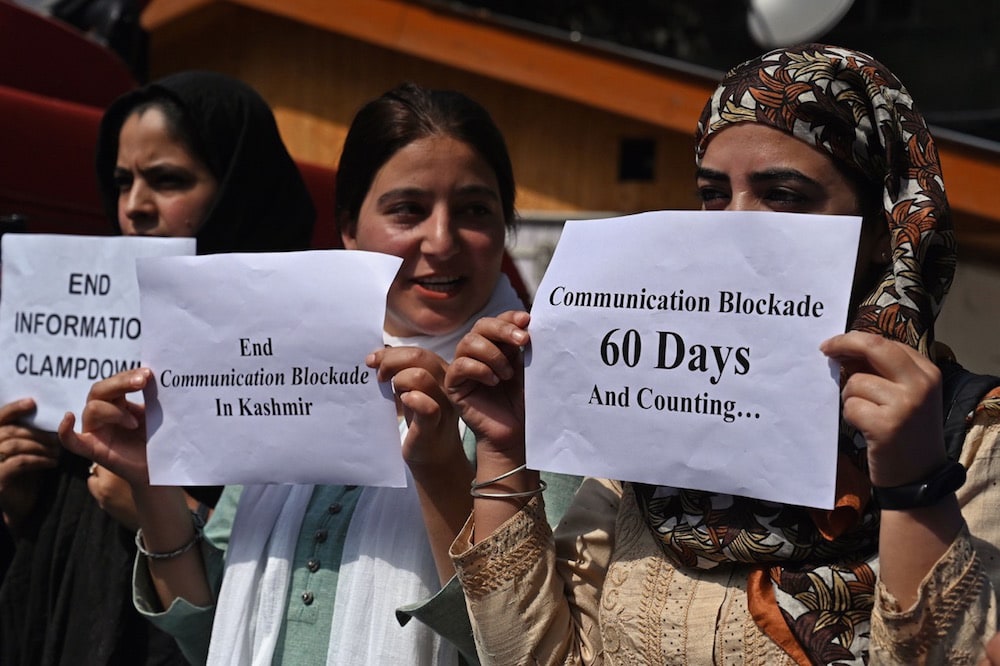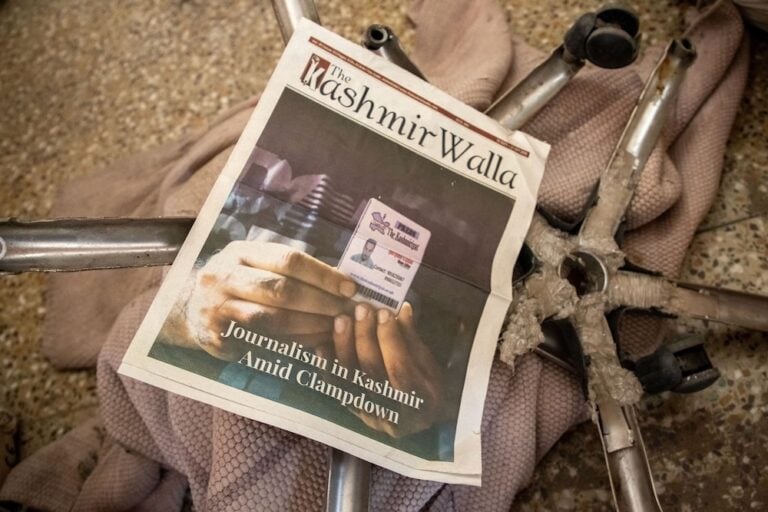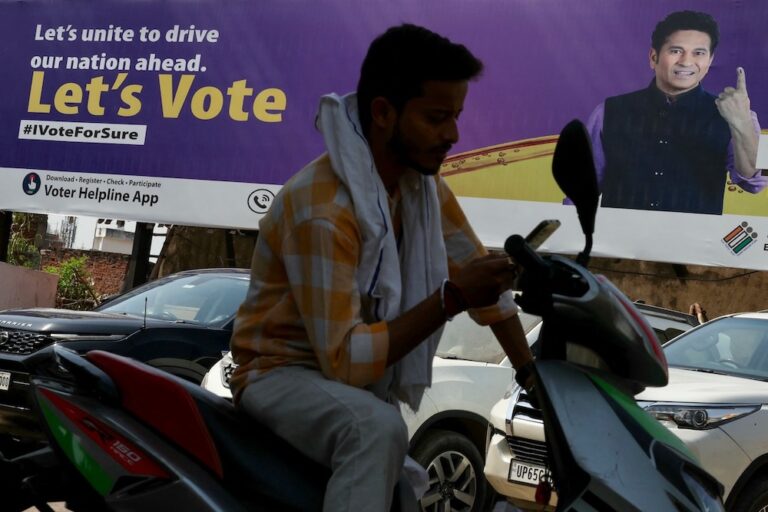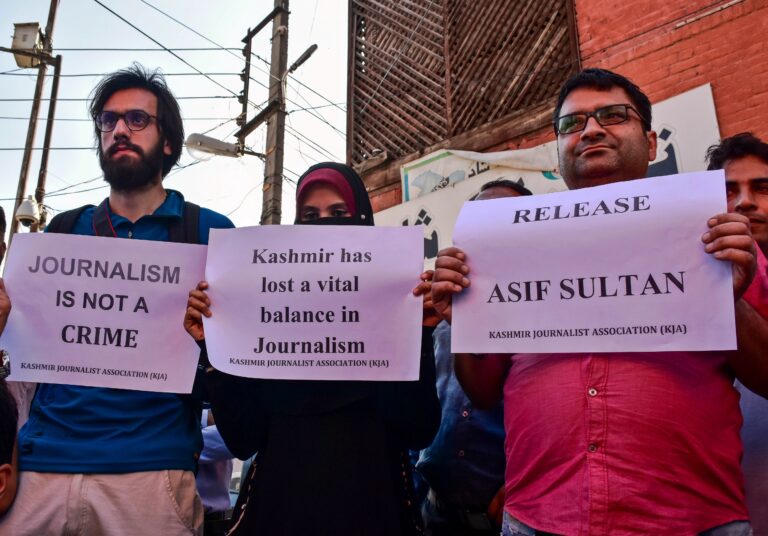A study of how the Indian government censors Kashmiri journalism and the role of Twitter in restricting access to information.
The following is an excerpt of a 24 October 2019 CPJ blog post by Avi Asher-Schapiro and Ahmed Zidan/CPJ Staff.
On August 10, 2018, the Indian government informed Twitter that an account belonging to Kashmir Narrator, a magazine based in Jammu and Kashmir, was breaking Indian law. The magazine had recently published a cover story on a Kashmiri militant who fought against Indian rule. By the end of the month, Indian police had arrested the journalist who wrote it, Aasif Sultan, and Twitter had withheld the magazine’s account in India, blocking local access to more than 5,000 tweets. As of October 2019, Sultan was still in prison, facing terrorism-related charges that CPJ has repeatedly condemned. And the @KashmirNarrator Twitter account was still withheld throughout the country.
A similar pattern of multi-pronged information control has since unfolded in Jammu and Kashmir, albeit on a larger scale. In August 2019, India unilaterally revoked the region’s semi-autonomous status and shut down the internet and phone lines. Conditions for the press deteriorated, with police detaining and intimidating reporters, according to CPJ reporting. Journalists resorted to smuggling stories out of the valley on USB sticks, and CPJ has struggled to communicate with local journalists, including those operating the @KashmirNarrator account. By mid-October, the blackout was only partially lifted; some mobile phones were operational, though internet services were still suspended.
Amid the crackdown, the Indian government continued to reach beyond its borders and enlist Twitter to censor accounts sharing news and information. The legal notices it sends are not public, but the Silicon Valley social media company passes some of them to Lumen, a project of Harvard University’s Berkman Klein Center, which publishes them in an open database.



